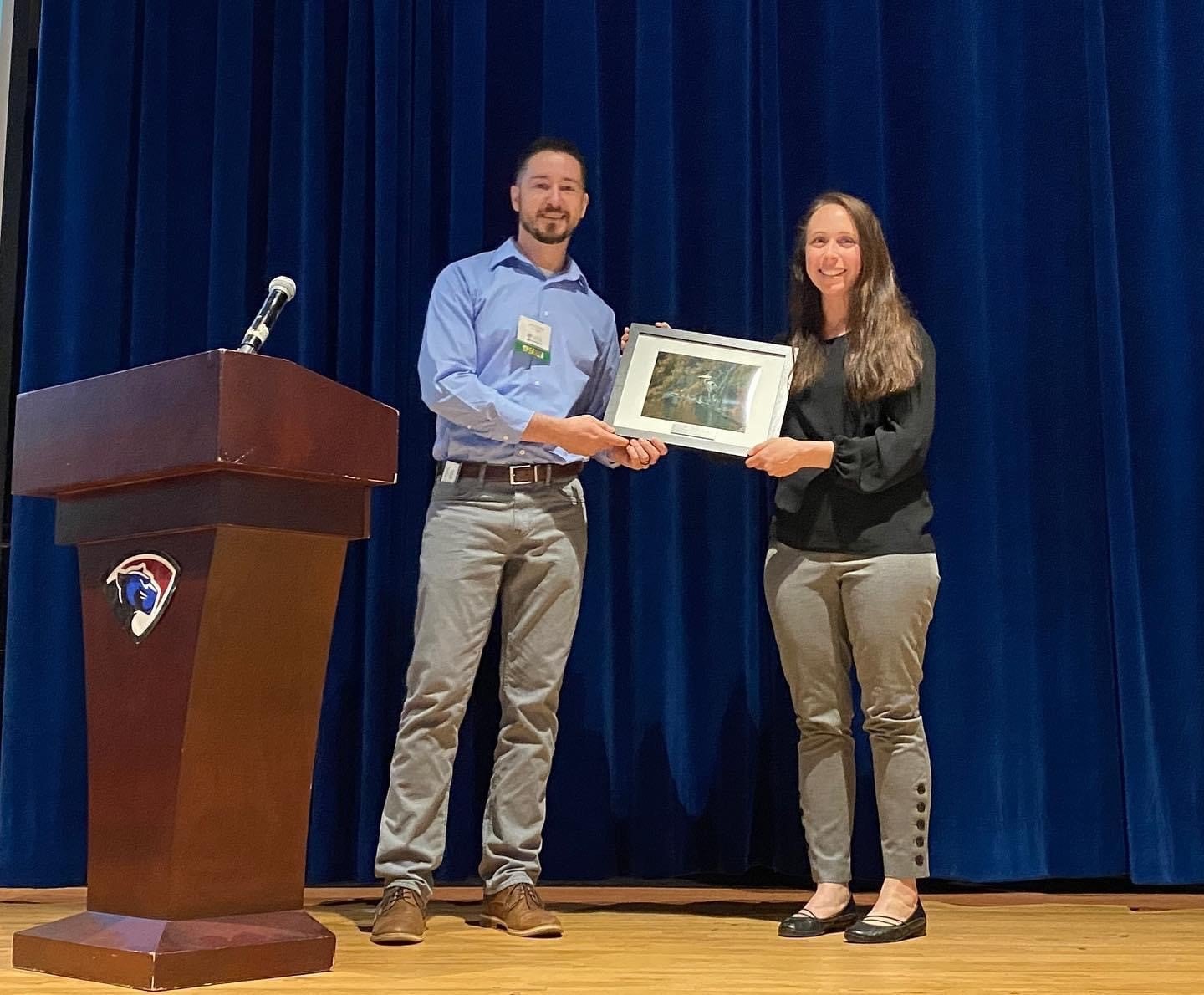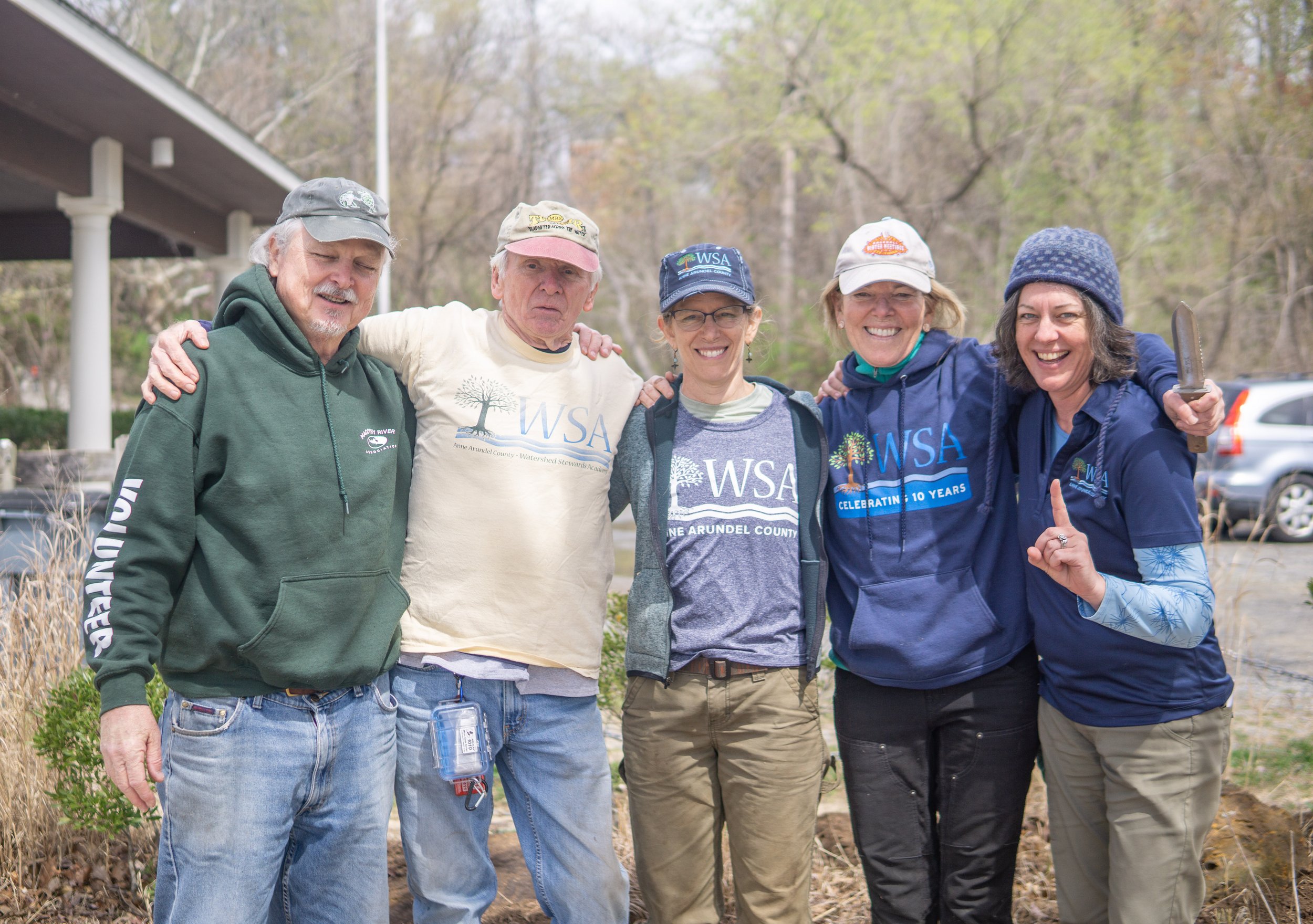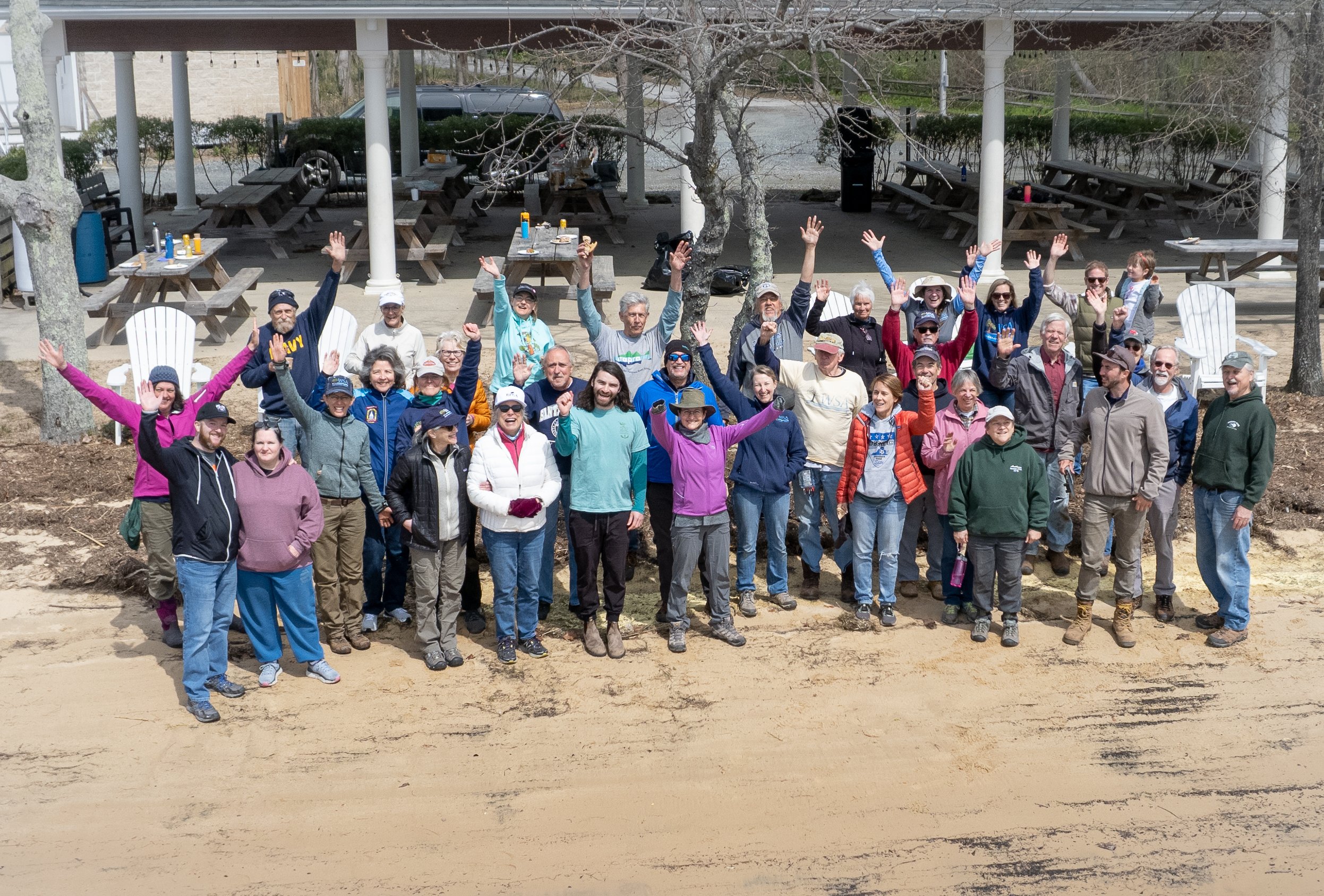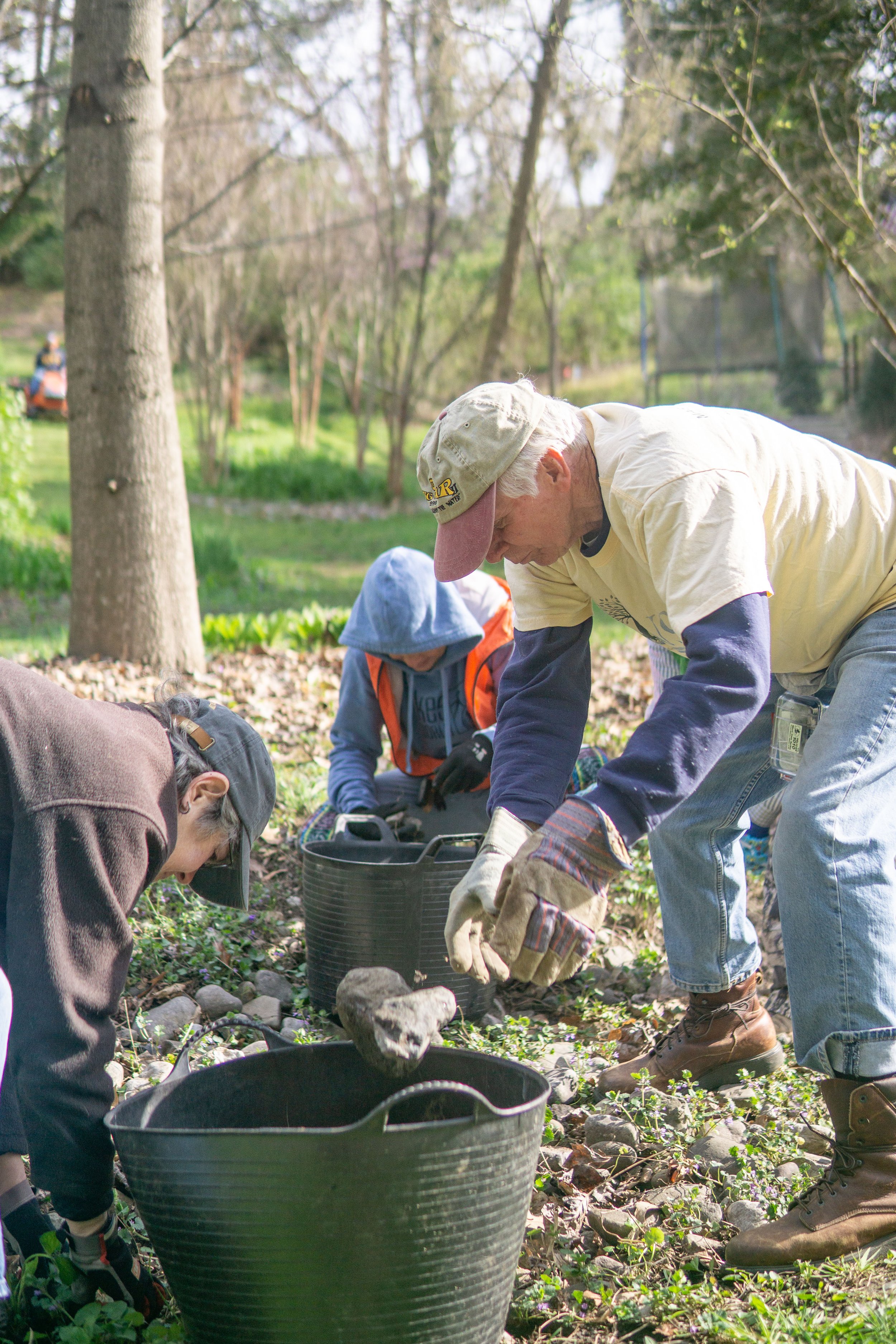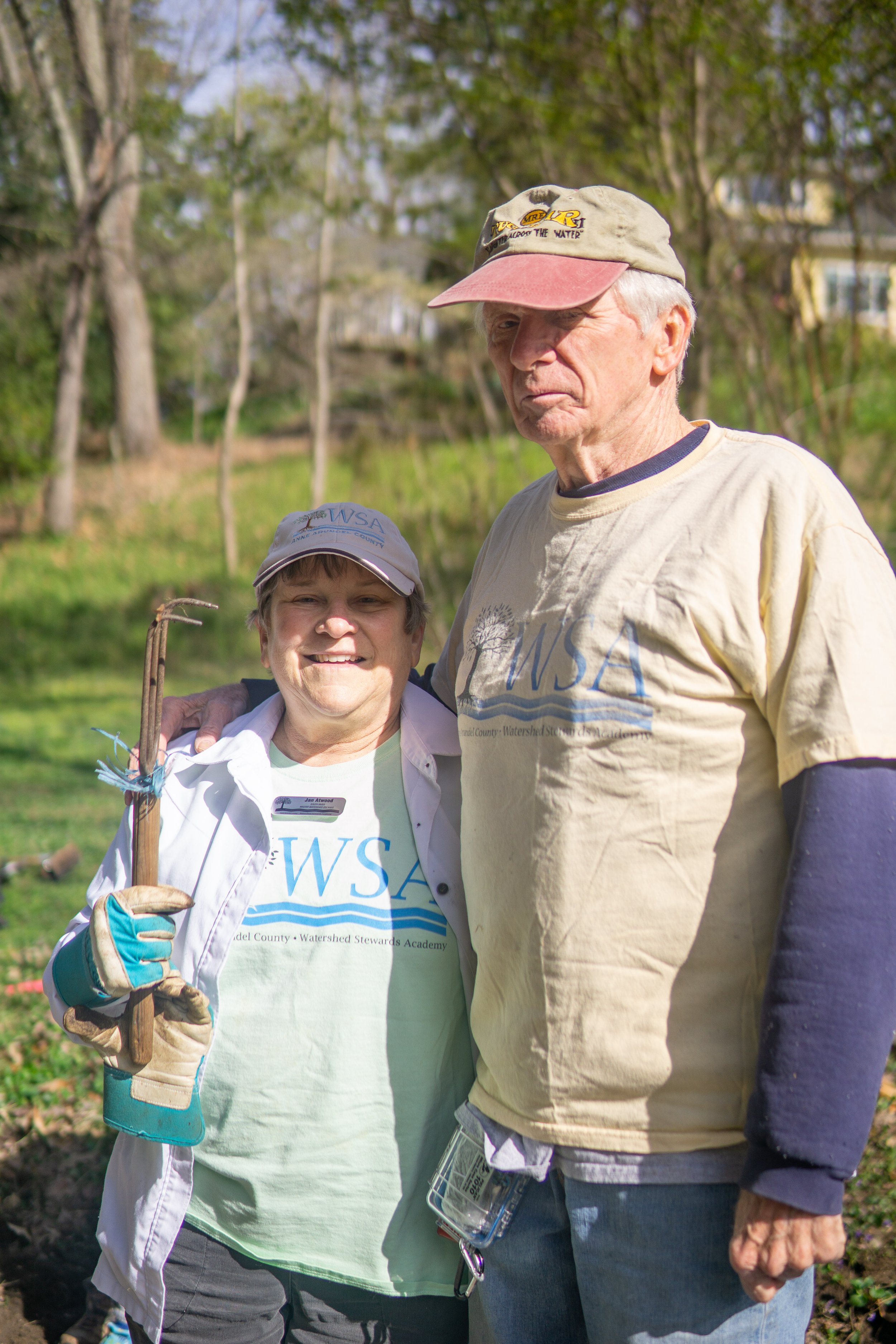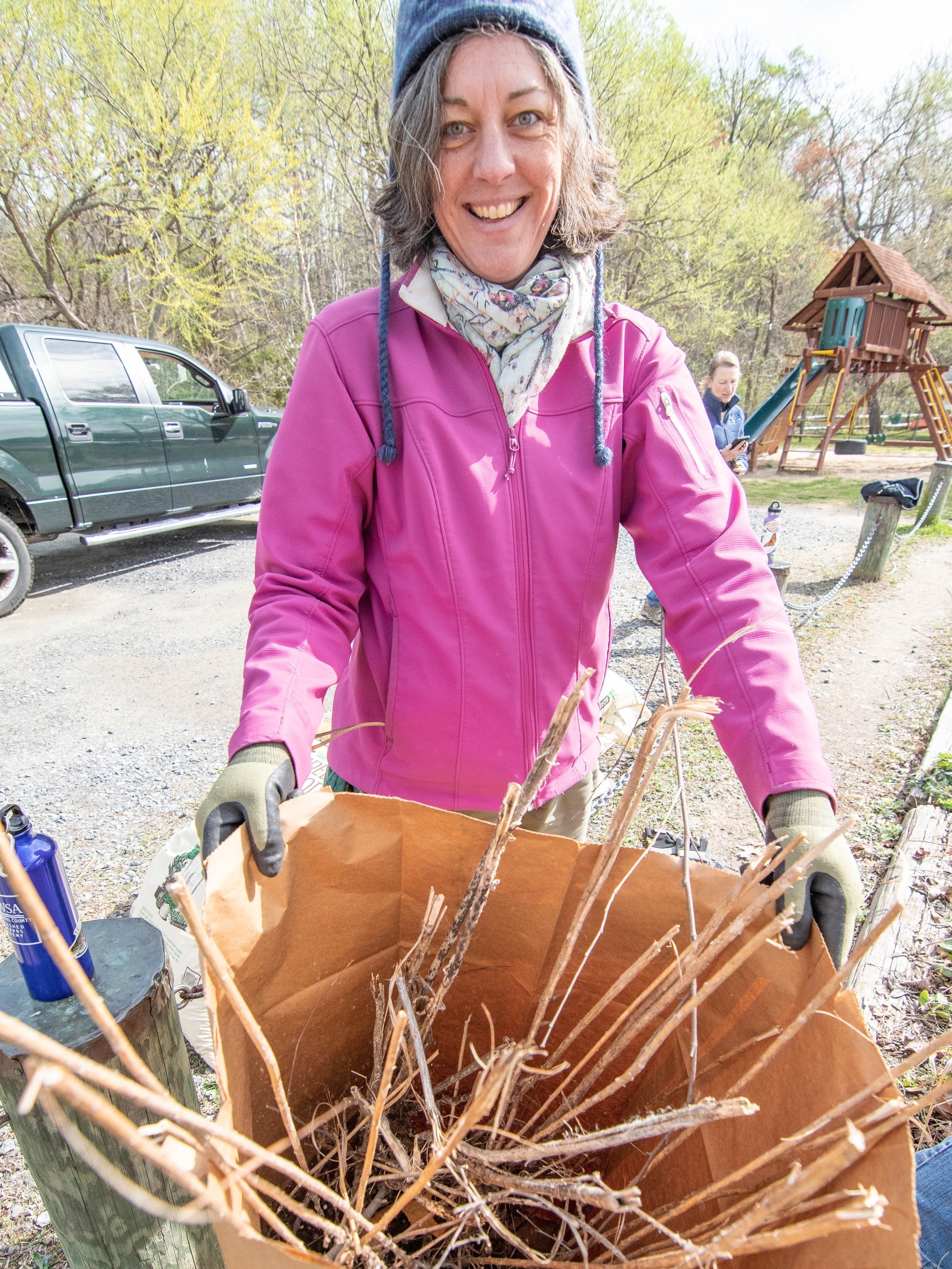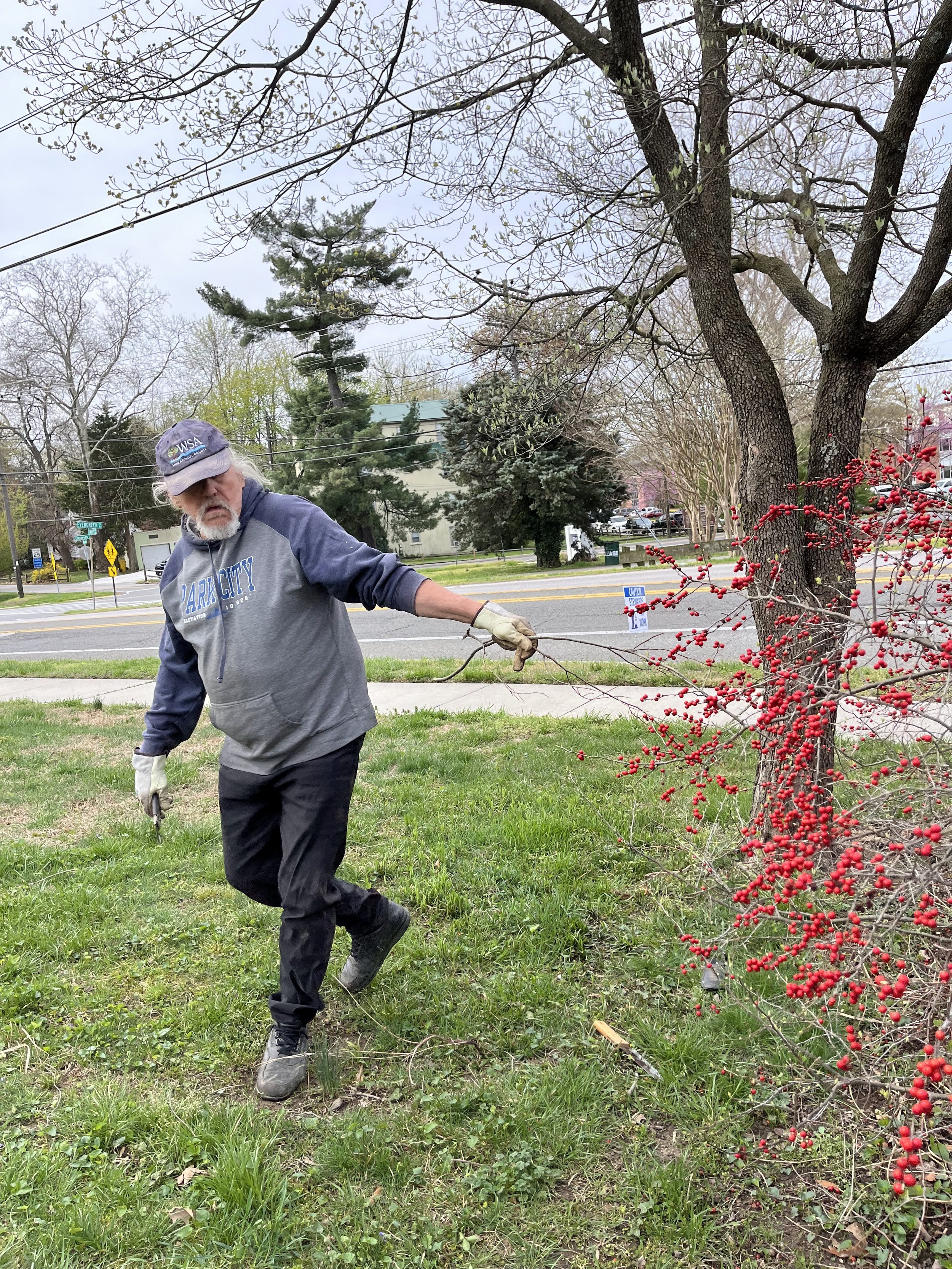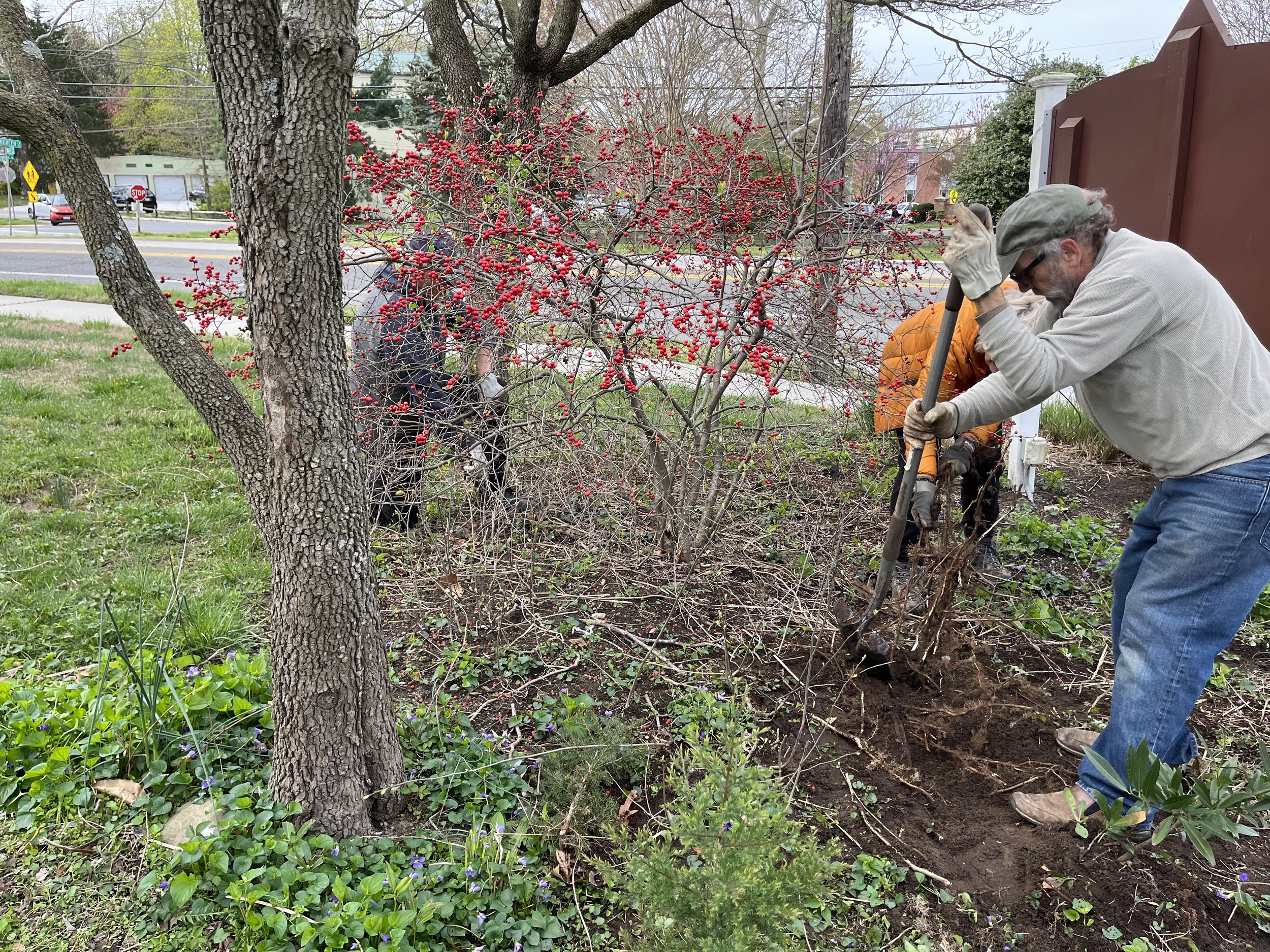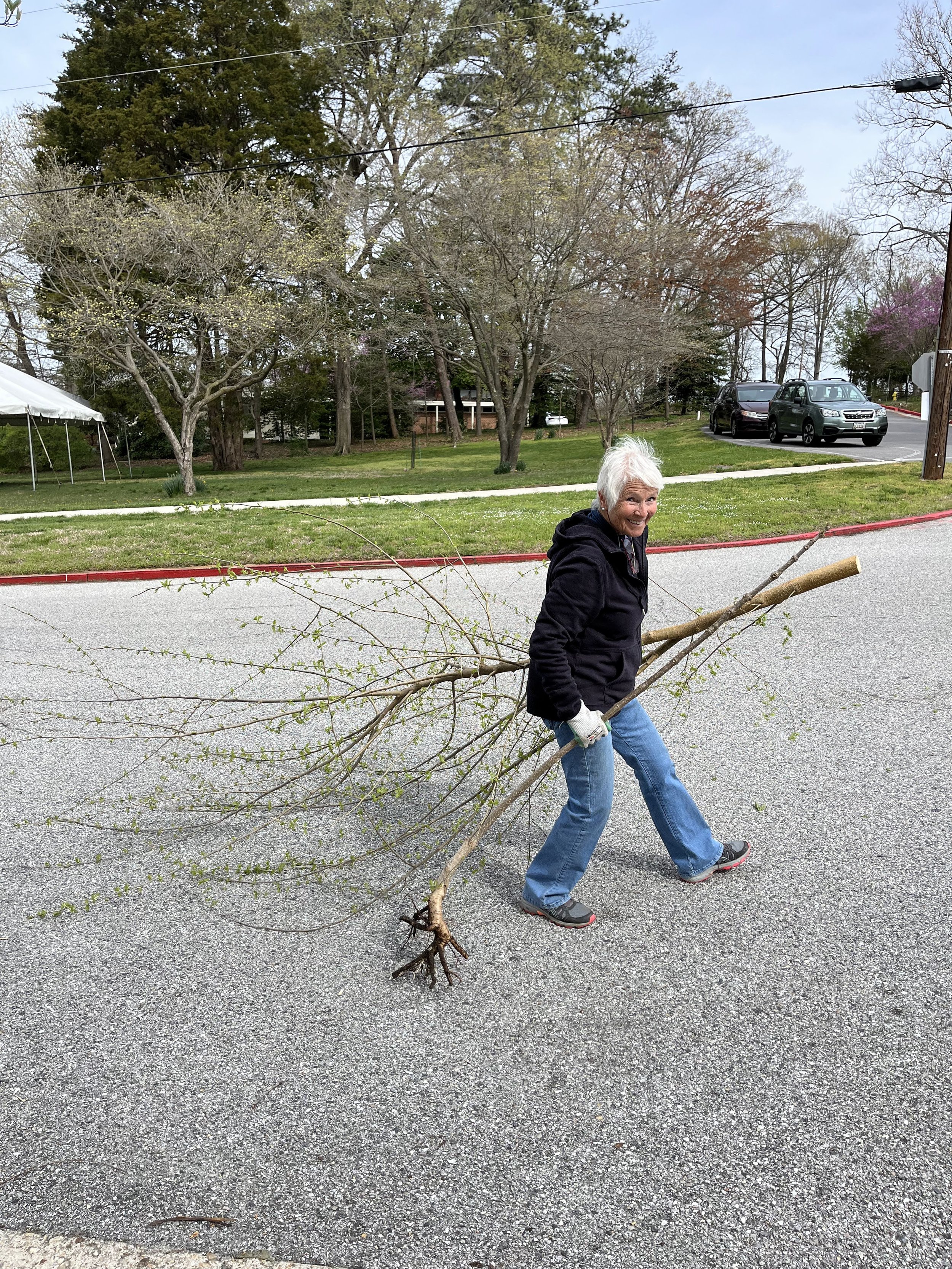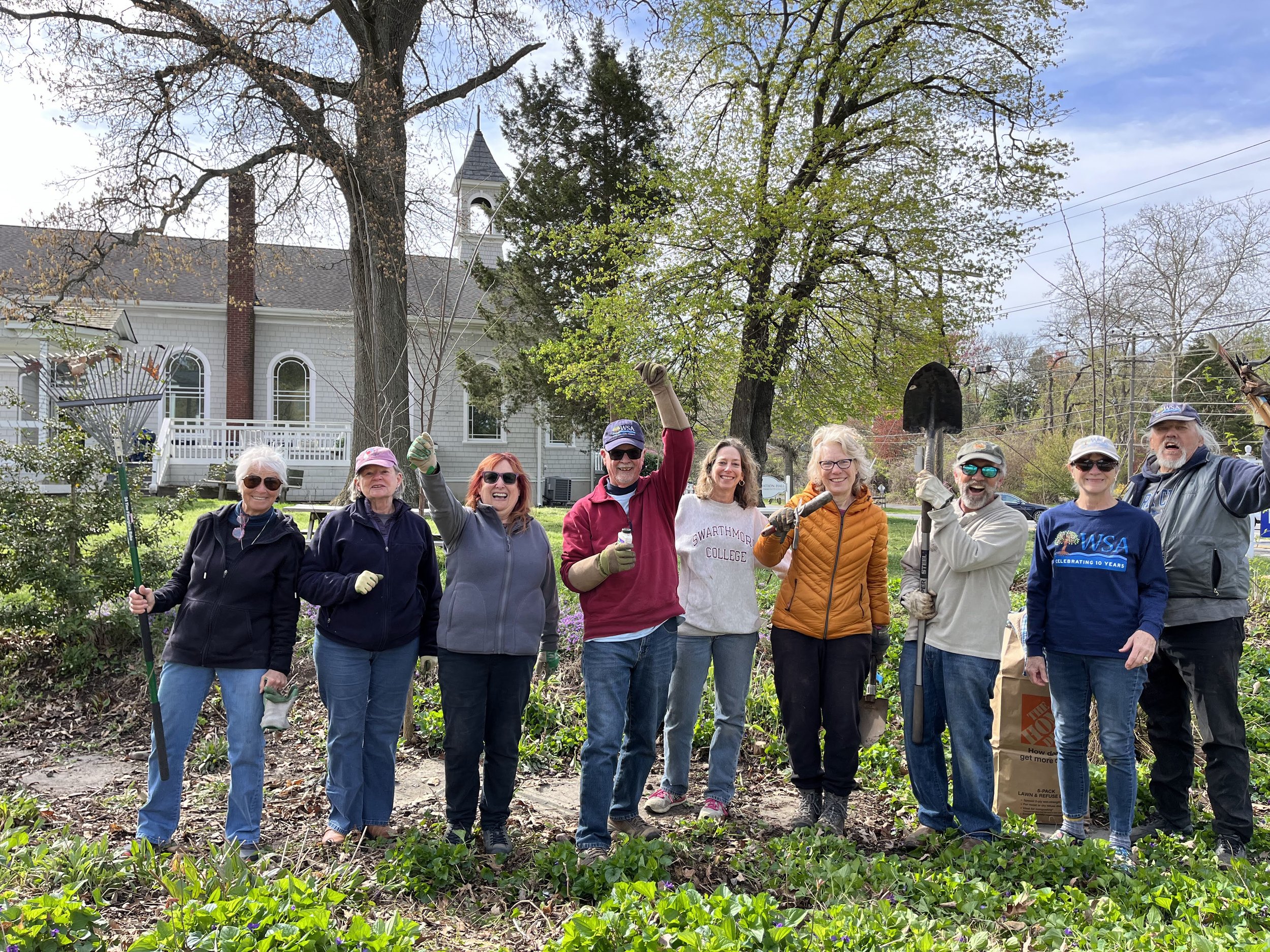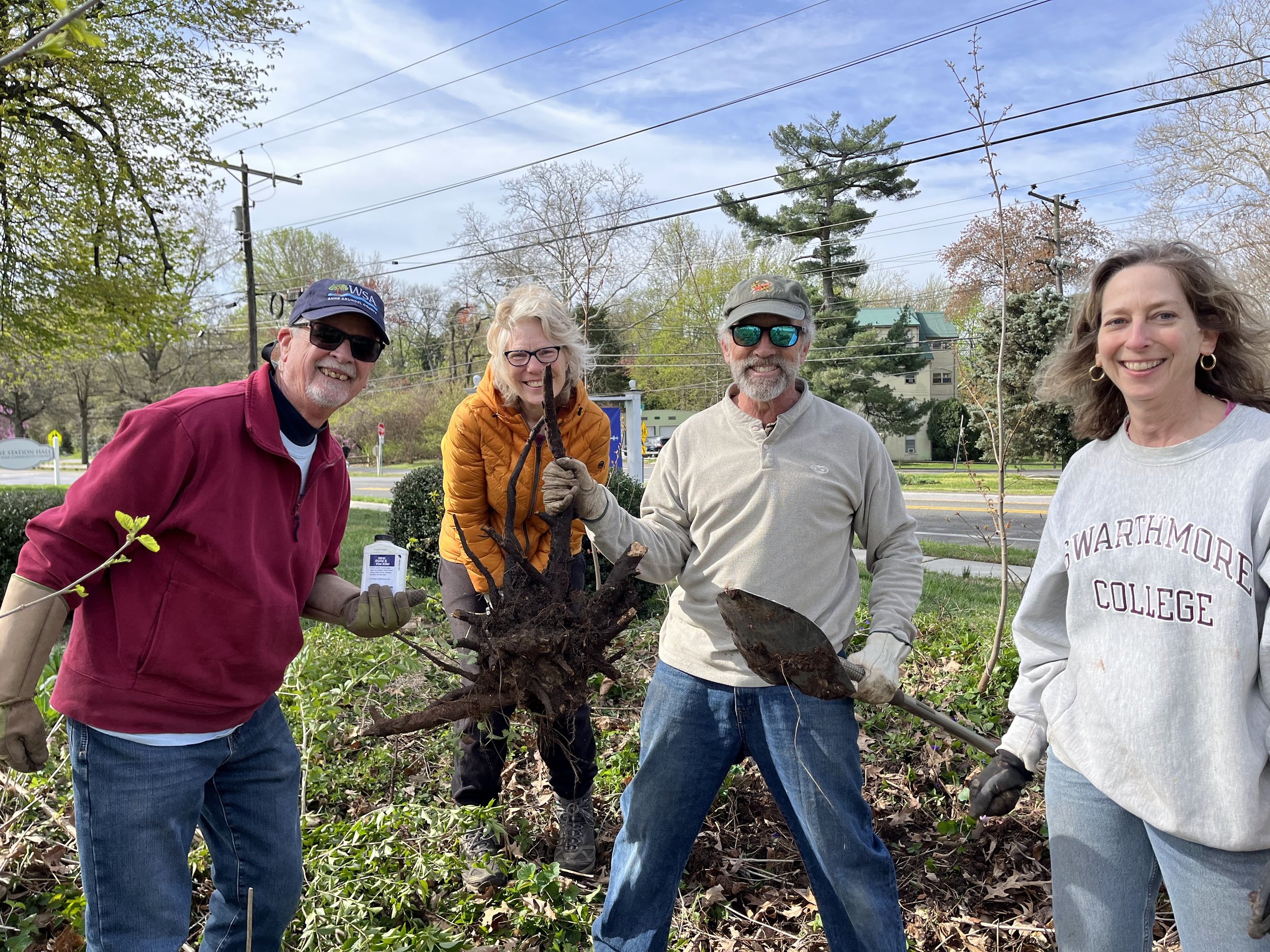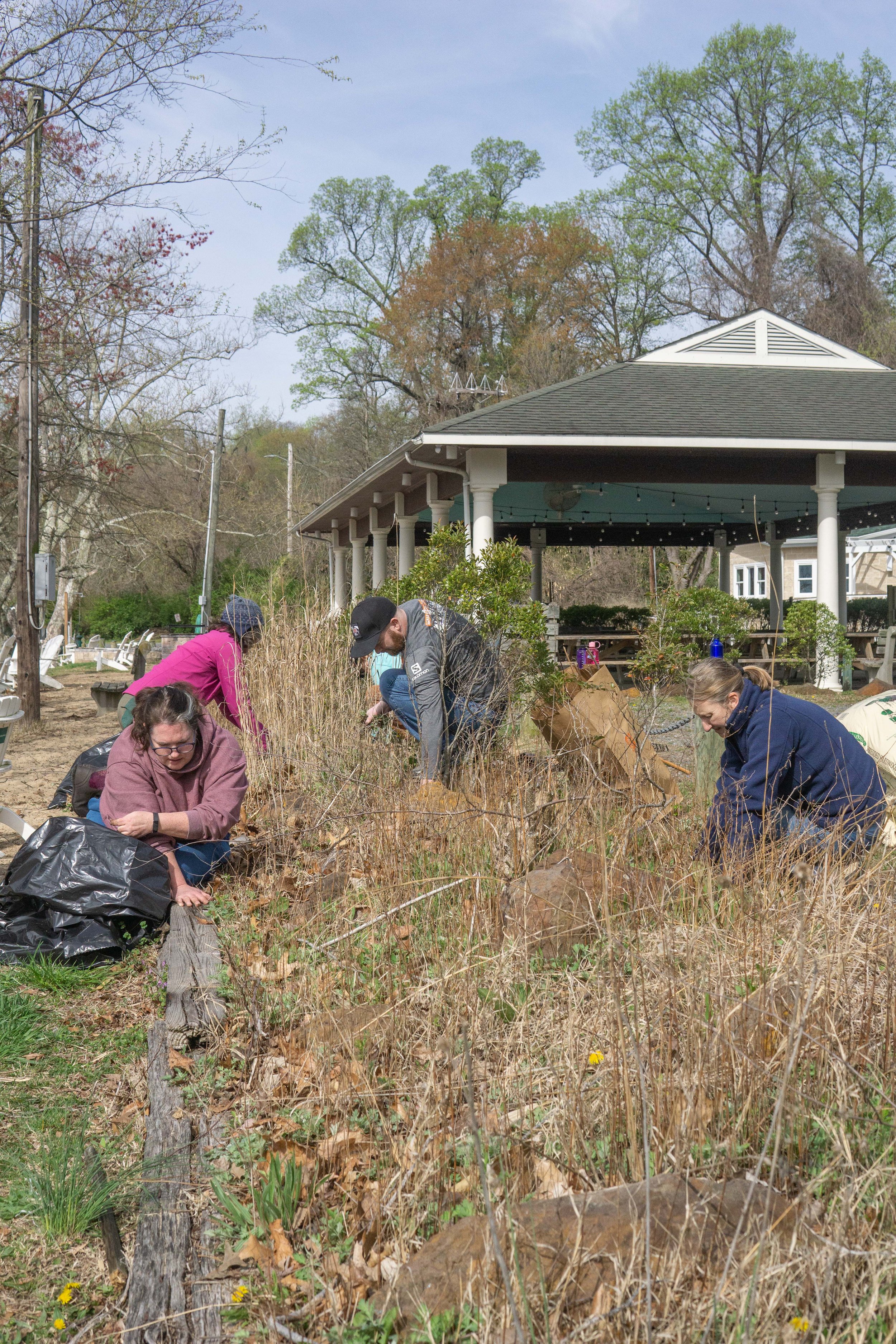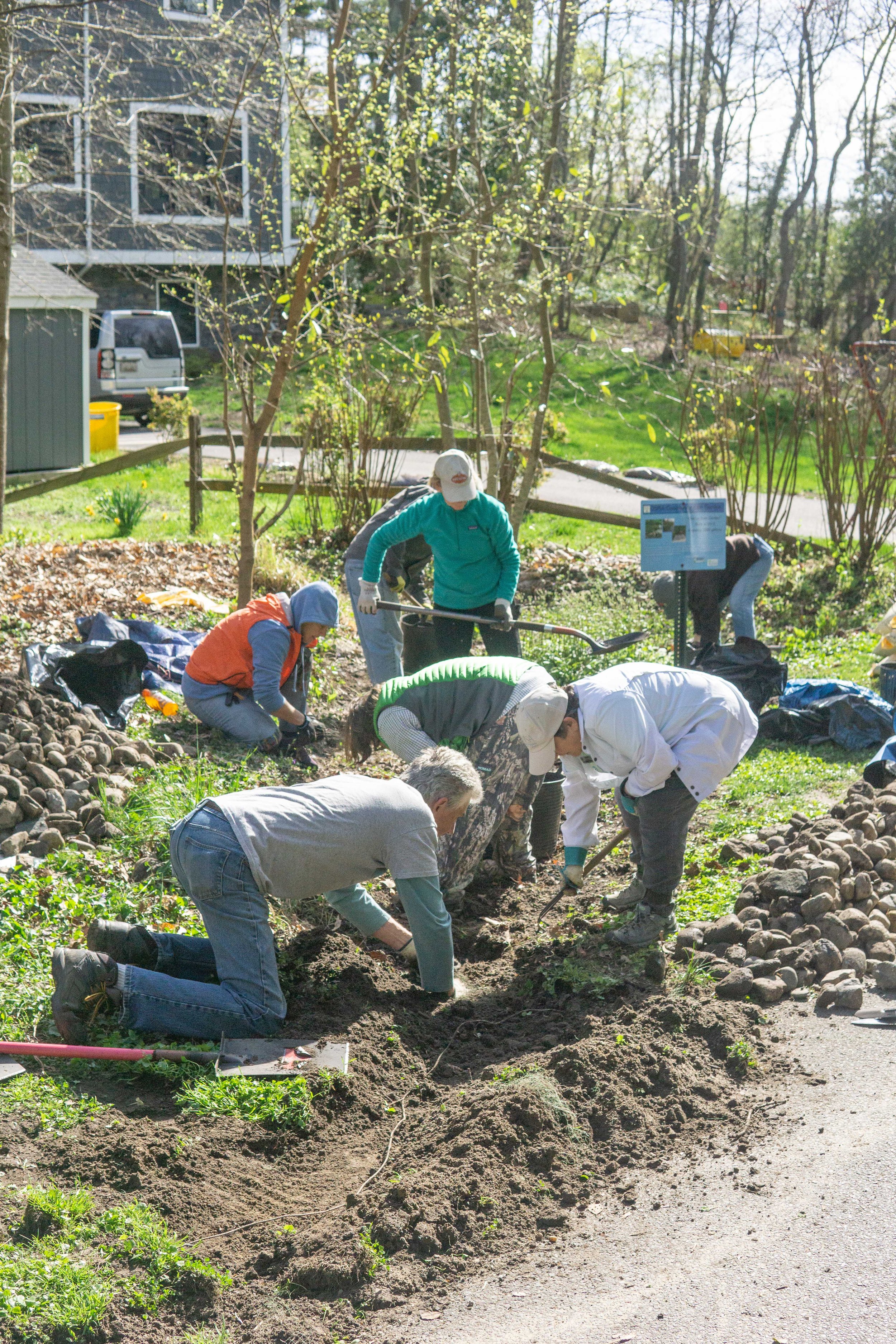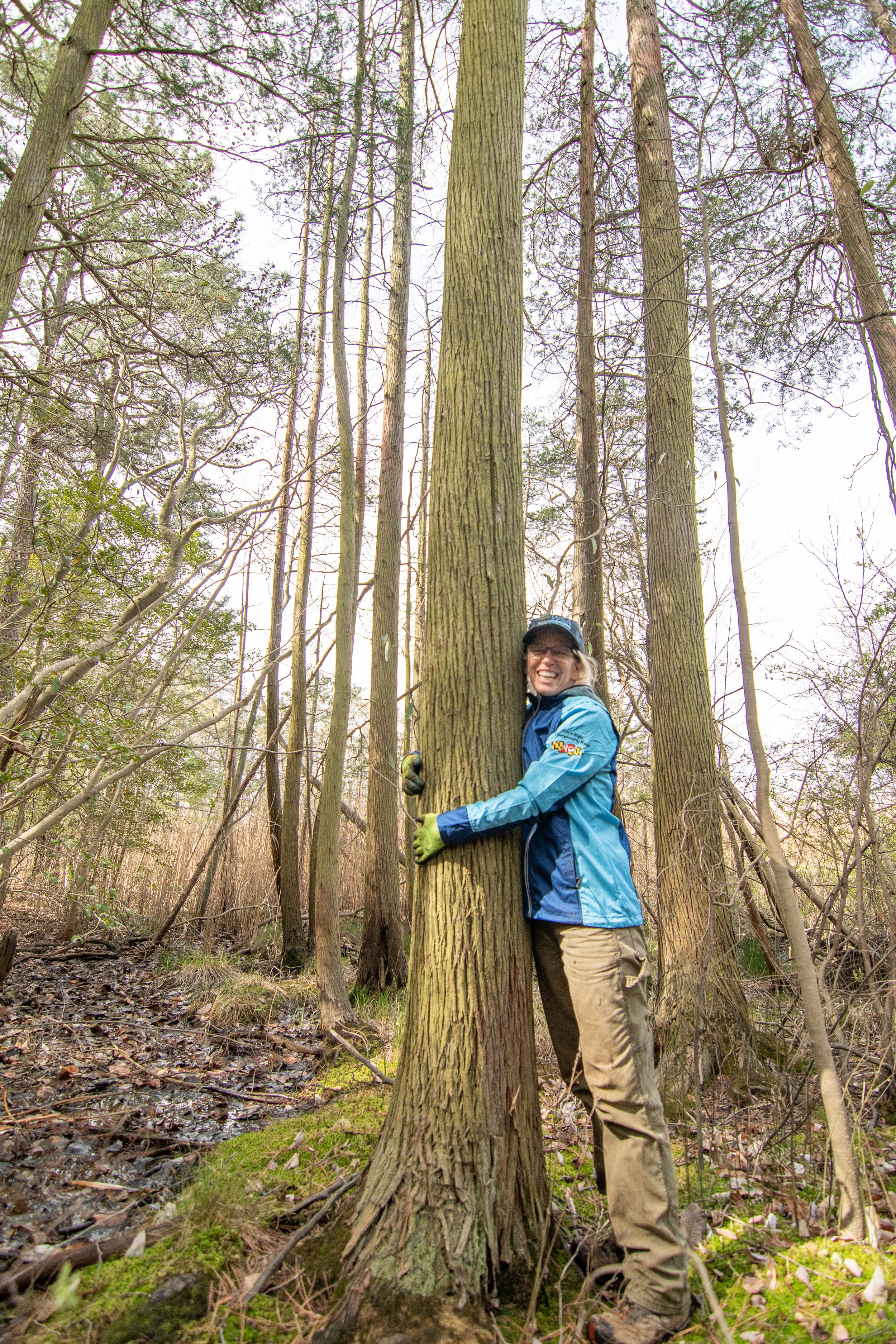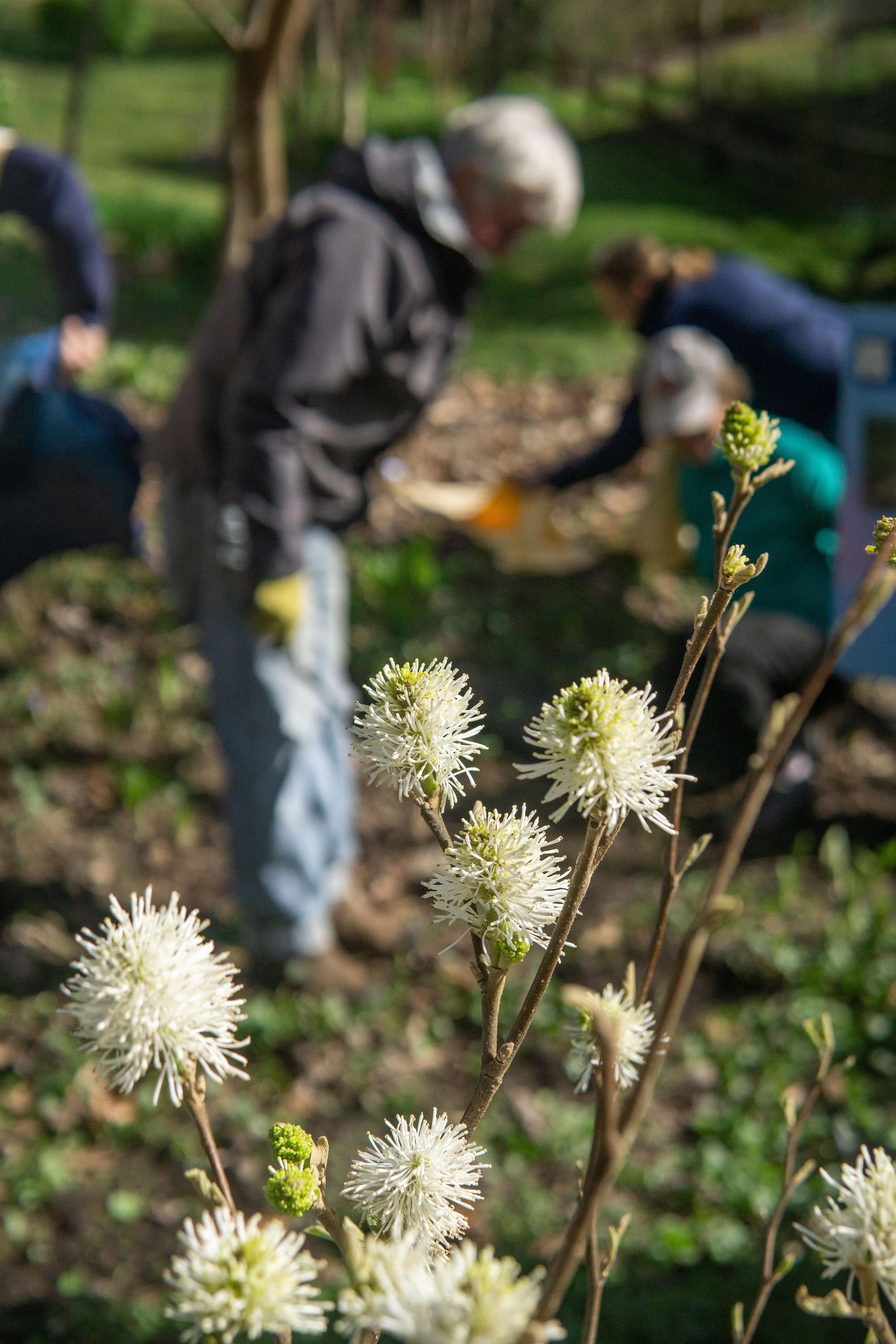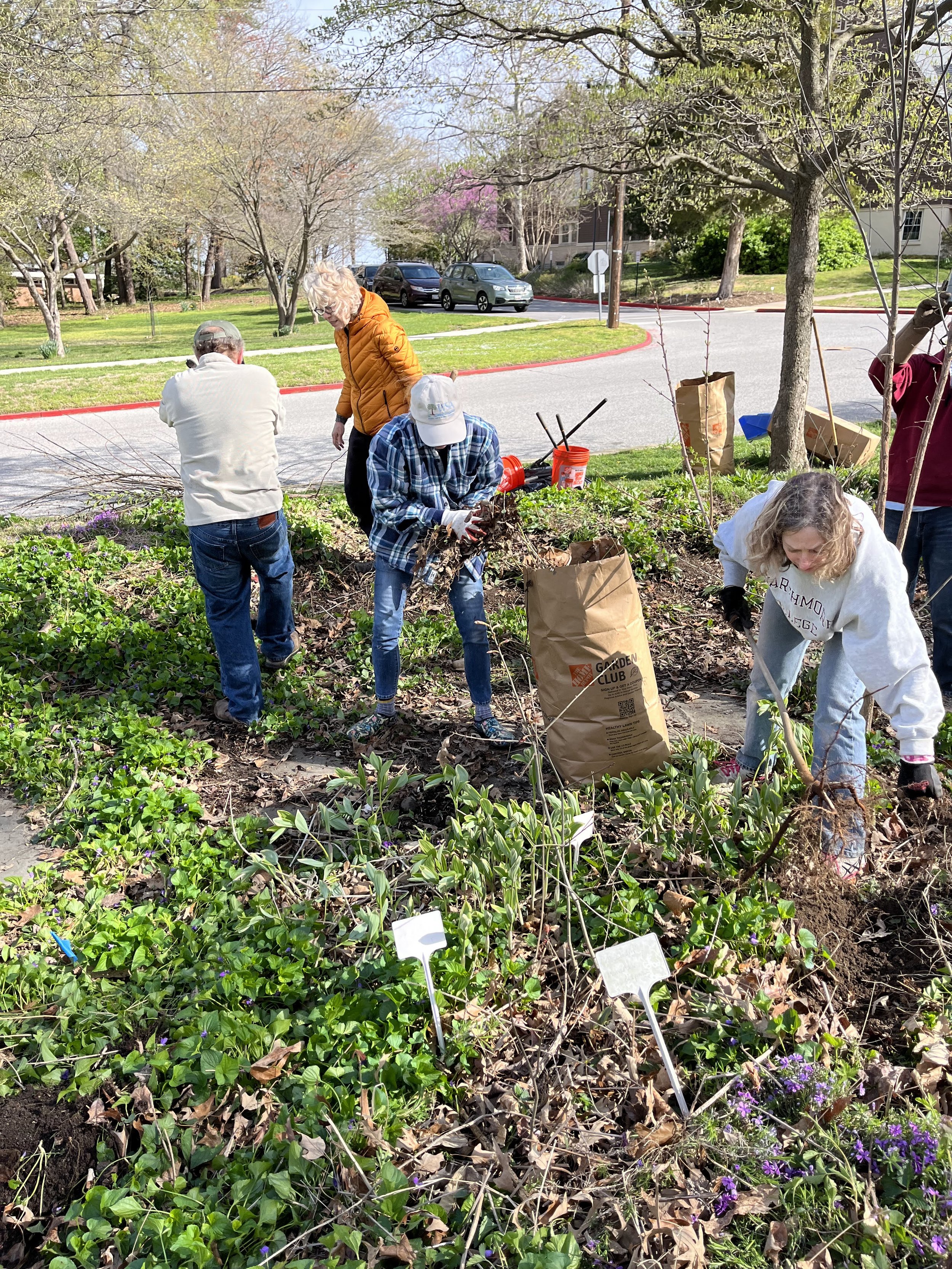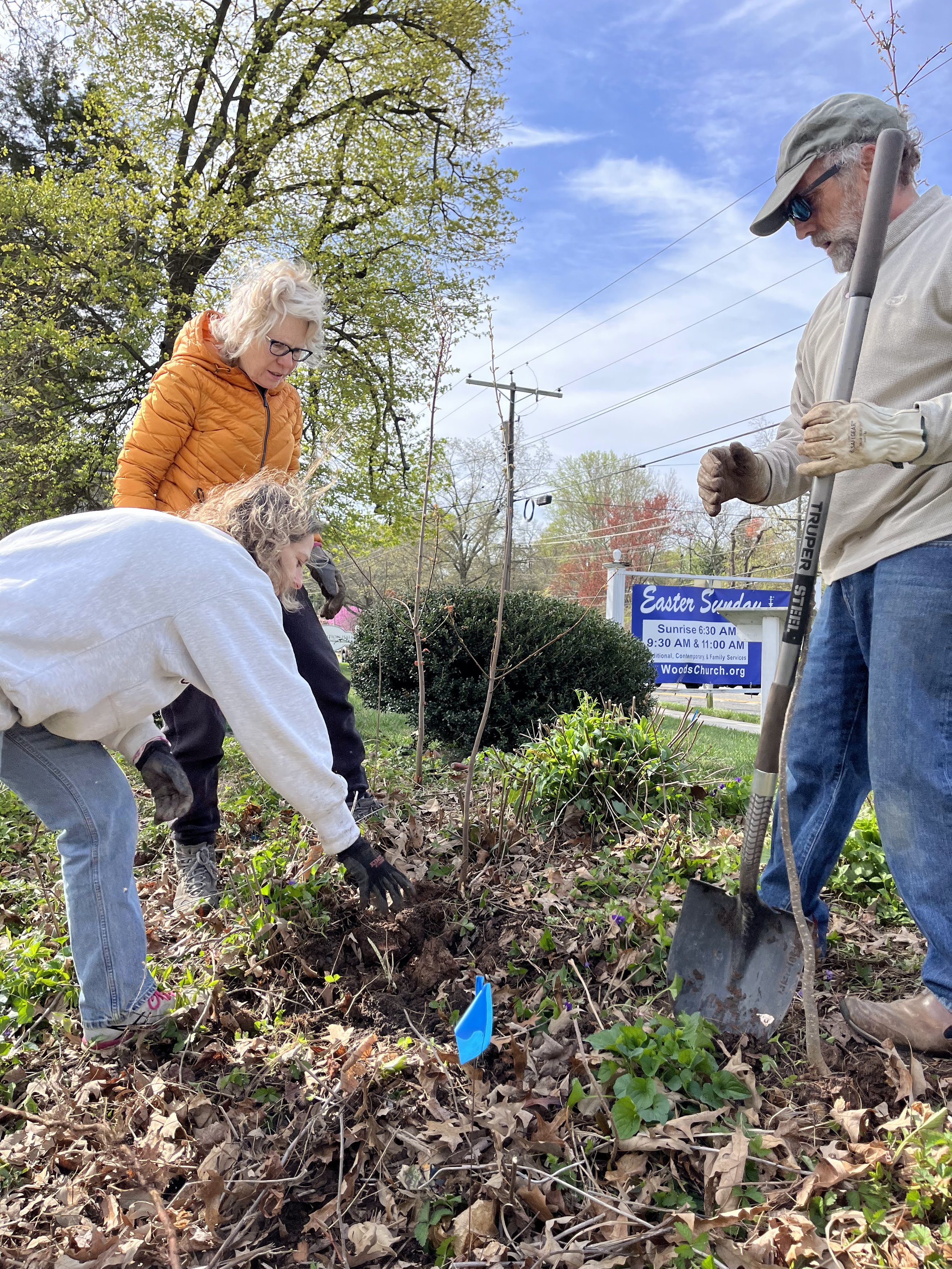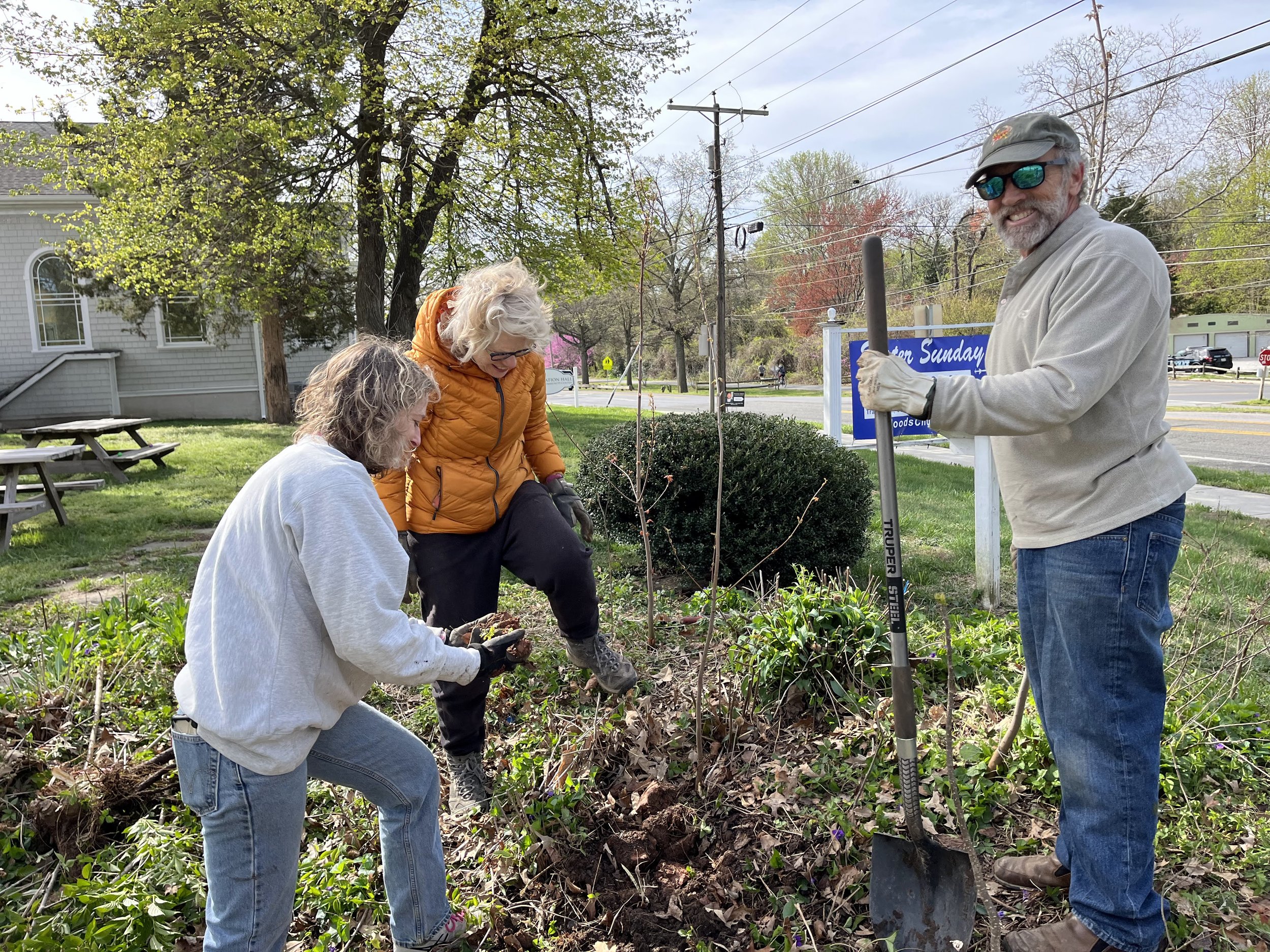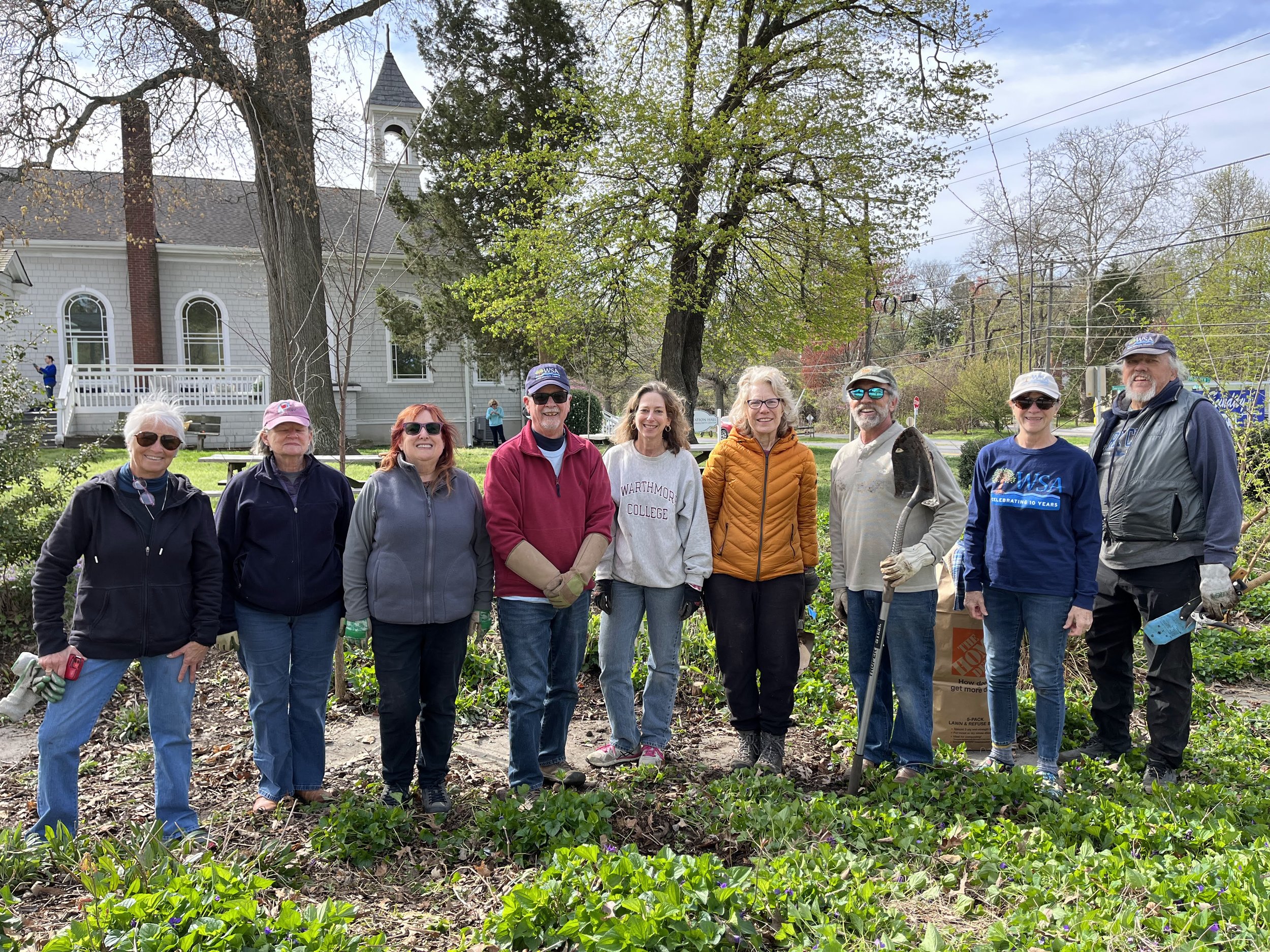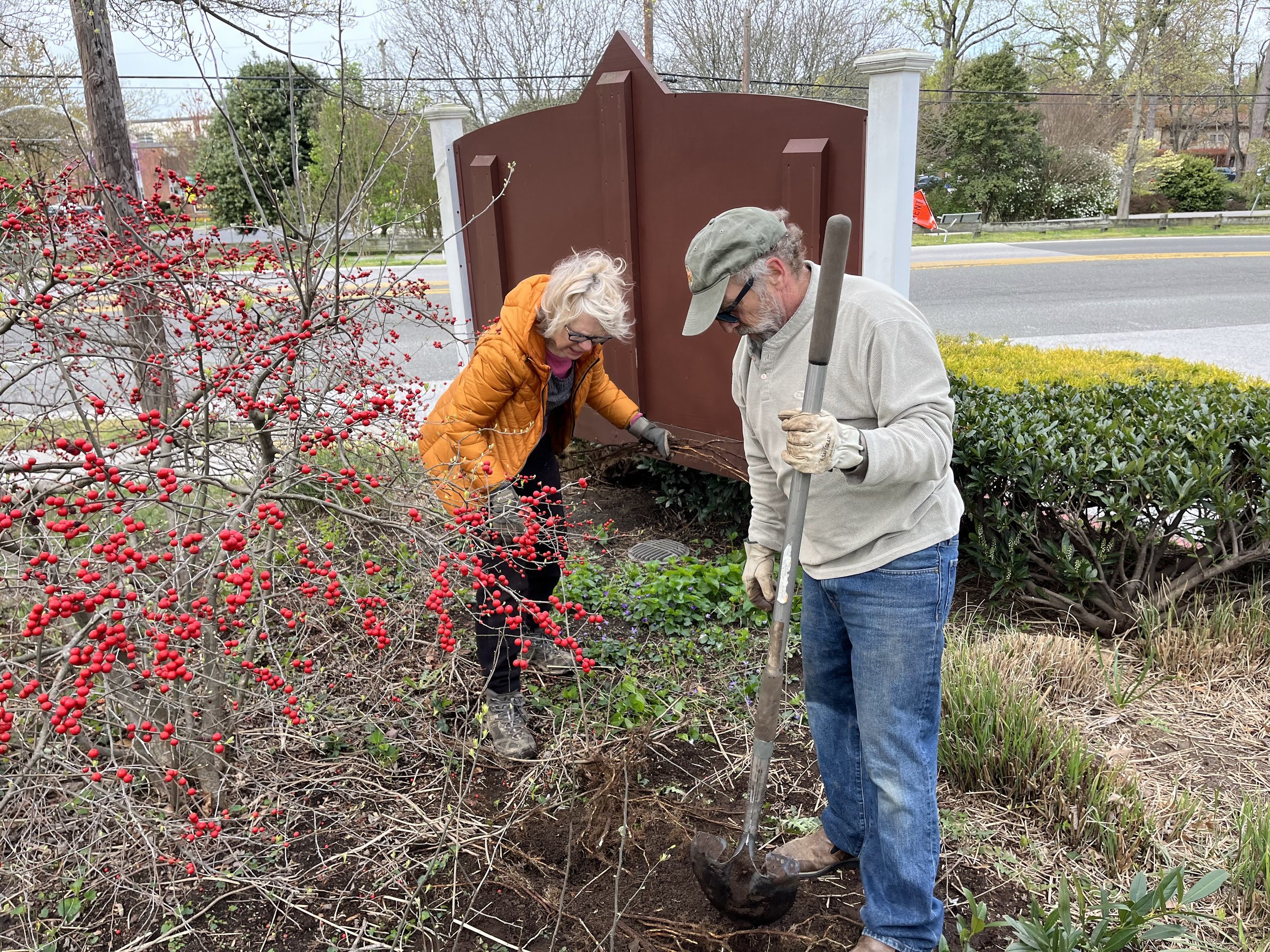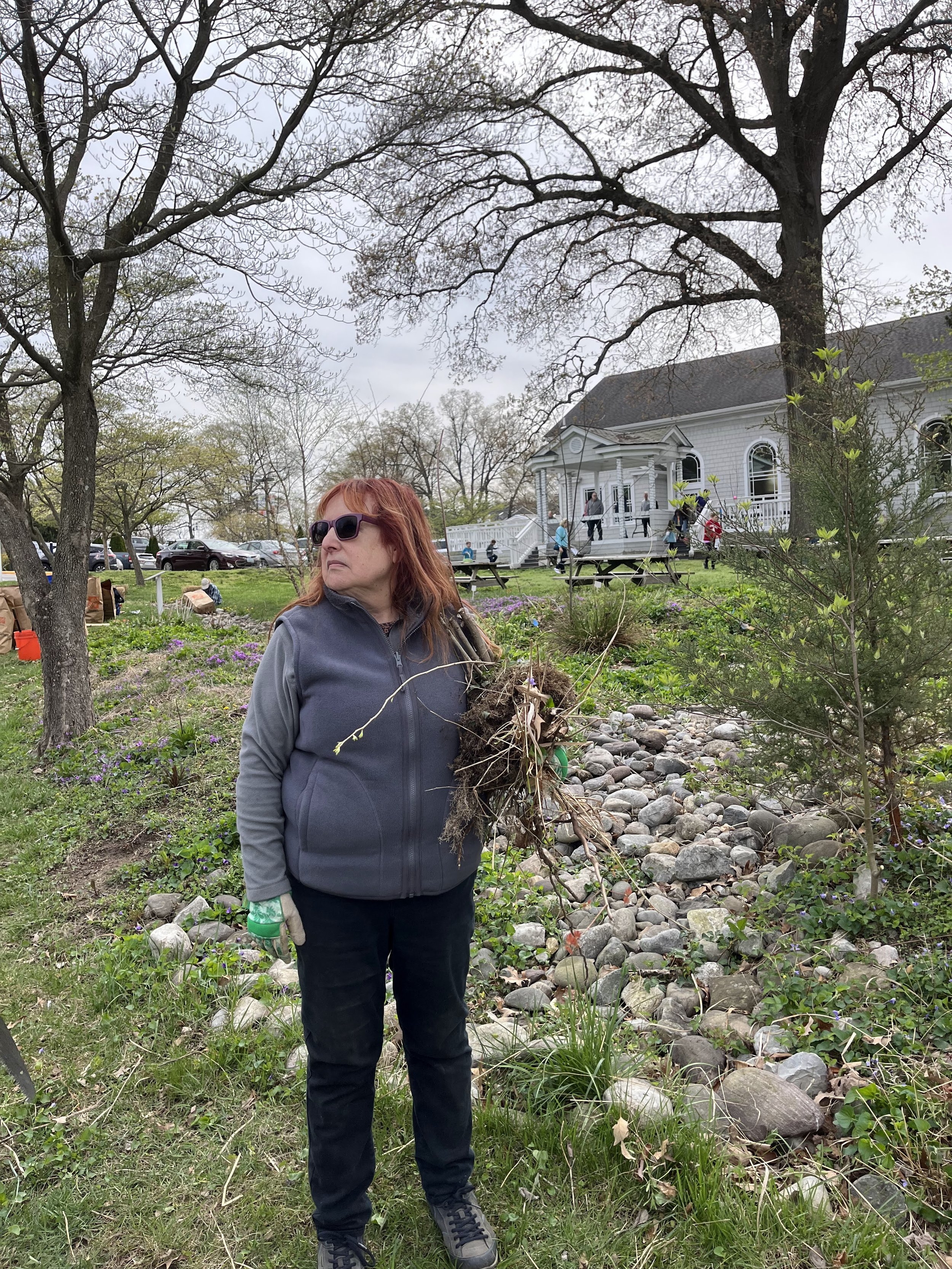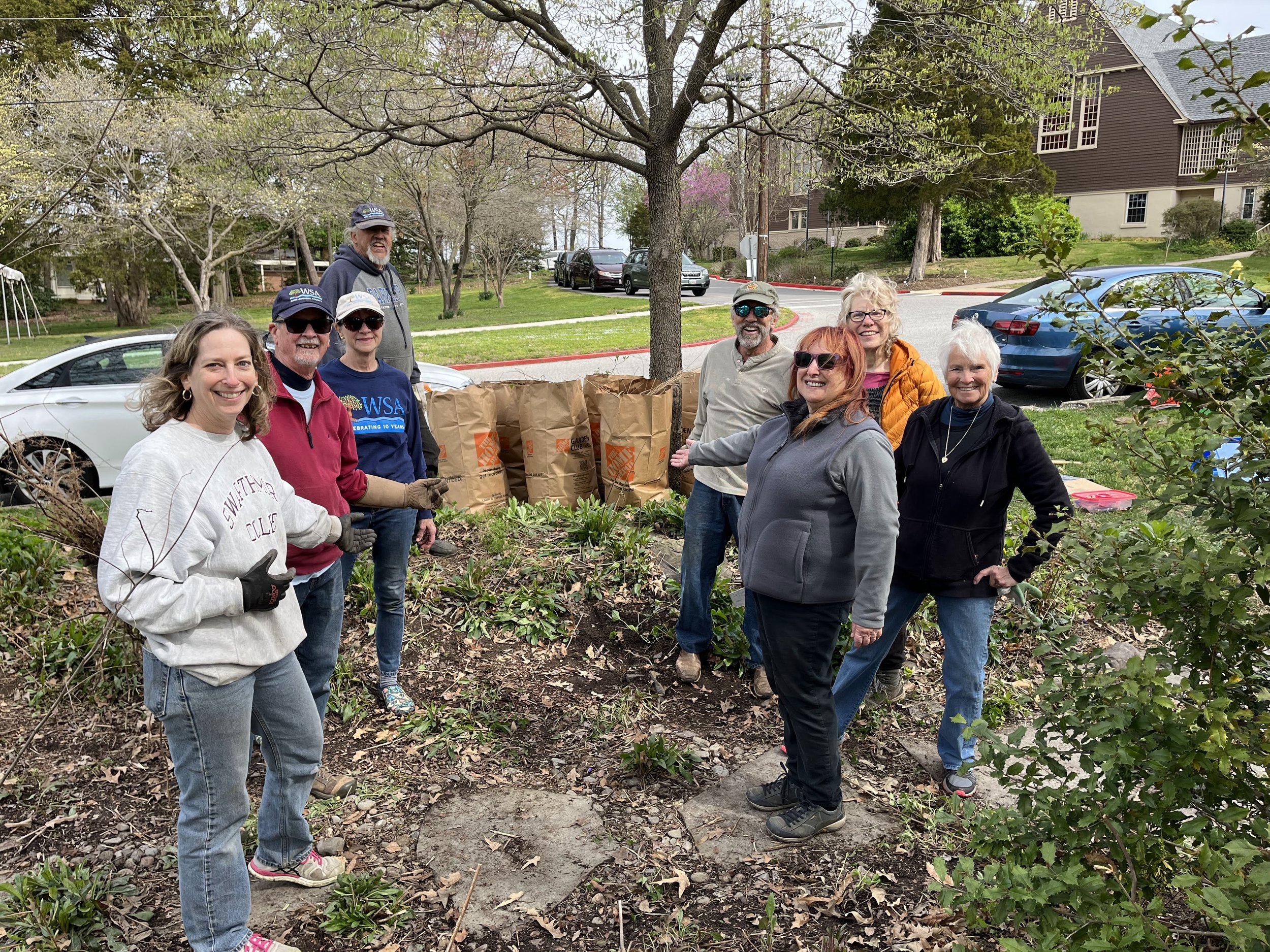July’s Native Maryland Plant
Lilium superbum L.
(LIL-ee-um soo-PER-bum)
Common Name: Turk’s Cap Lily
When considering new plants to add to a garden, choosing native bulbs may not be what first comes to mind. However, if you’re searching for a stunning addition to add to your perennial garden, and you have patience and the right conditions, Lilium superbum may be the plant for you. Keep in mind that bulbs can take more time to establish, sometimes two seasons or longer, and small rodents are fond of some bulbs.
I planted Lilium superbum in a raised bed that is consistently moist-wet and frequented by foxes – maybe why no rodents have bothered the bulb? The slightly acidic, loamy soil is a very loose medium that allowed the bulb to quickly establish; I topped with compost, providing nutrients that encourage growth, improve drainage, and help maintain moisture. It was easy to recognize the plant as it emerged, since its whorled leaves and thick stem are unlike any others I’ve seen. It took my plant two years to develop into a tall mature plant, but it was well worth the wait.
Lilium superbum is the largest native American lily; it’s easily one of the tallest perennials in my garden - and not an easy plant to ignore. It has no fragrance, but that doesn’t stop pollinators from finding it and feasting on its nectar. Although it has a stiff stem, I provide it with additional support to keep it standing tall after heavy summer rains.
I’ll be spending much of my summer outside with my grandson, my first grandchild! When we’re not in the garden looking at plants and searching for insects, we’ll be reading books, our second favorite way to spend time together.
I hope you enjoy your summer and that you consider planting a superb native bulb of Maryland, Lilium superbum!
NOTE: Lilium superbum are true lilies, growing from bulbs. The Orange Daylily (Hemerocallis fulva) seen growing across Maryland, is a rhizomatic plant native to Asia; it’s considered a Species of Concern by the Maryland Invasive Society². It easily spreads, forming a dense mat that can overtake native plant communities.
¹ Petals and sepals that cannot be distinguished
² https://mdinvasives.org/species-of-concern/terrestrial-plants/
Alison Milligan – MG/MN 2013
Watershed Steward Class 7/CBLP










